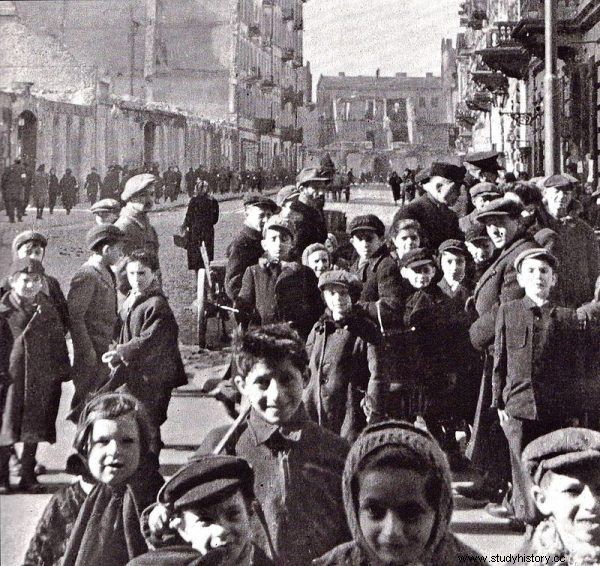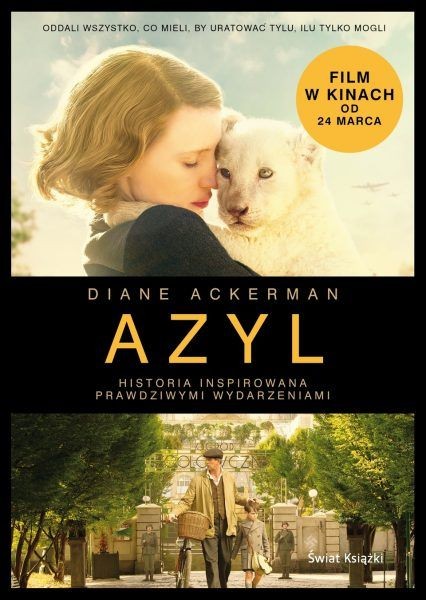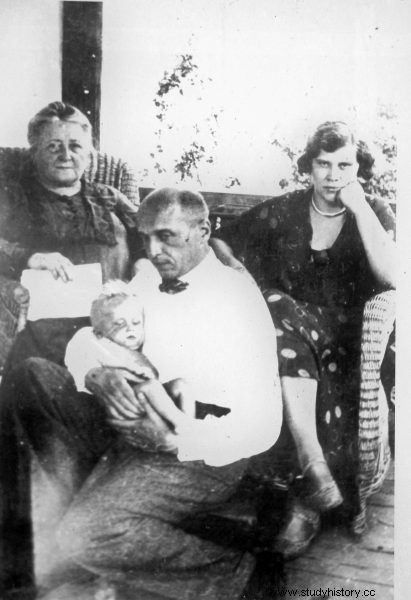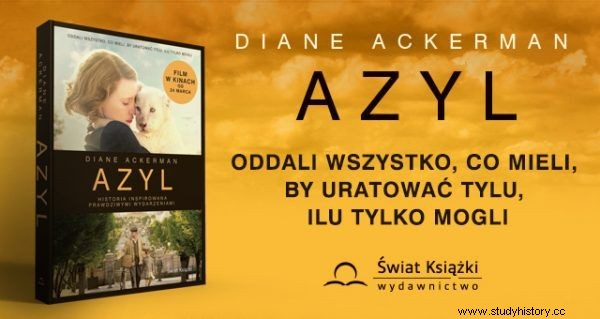War abolishes many rules, including religious restrictions on food. There was a period in the history of Poland when pork disappeared from the list of banned Jewish products. And the Danish pig meat supply was handled by ... the zoo.
Just looking at lists of daily food rations in occupied Warsaw, your stomach growls. Only the Germans could count on normal meals. Their allotment was 2,613 calories a day. If they did not try to cope on their own, Poles and Jews were in danger of starving to death. Their assigned portions of food had 669 and 184 calories, respectively. No wonder that the kosher food laws were quickly repealed in this situation.
The Pork Underground
Abolishing religious dietary restrictions for Jews primarily meant letting them eat pork. And rightly so, because a piece of bacon was worth its weight in gold during World War II and could literally save your life. But where to get it? This problem, wanting to help friends from the ghetto, was resolved by the director of the Warsaw Zoo, Jan Żabiński, together with his wife Antonina.

Everyone in the ghettos suffered from hunger. Men, women, old people and children.
Those who feel sick at the thought of nibbling on the remains of elephants, hippos and bison can breathe a sigh of relief. The "precious" animals were taken to Germany by Lutz Heck, the Nazi-sympathizing director of the Berlin Zoo. However, the Żabiński family developed a plan on how to use the huge area of the zoo as much as possible and for the benefit of all. It was brilliant in its simplicity, which is described in the book "Azyl. A story about Jews hidden in the Warsaw Zoo ”Diane Ackerman:
As a lieutenant in the Home Army structures, Jan came up with a formal cover, thanks to which the occupation authorities would consider keeping the zoo equipment in good condition as beneficial. The Germans had a huge army to feed and they loved pork, so Żabiński turned to Lutz Heck with a proposal to set up a large pig farm on the site of the former zoo.
Keeping pigs in harsh climates will require the care of crumbling rooms and grounds, and will ensure that at least some of the former staff are employed. Jan hoped that, under the guise of collecting scraps for a pig fattening house, he would be able to "transfer secret messages, bacon, butter and arrange some orders from my friends."

The story of Jan Żabiński is described in the book "Azyl" by Diane Ackerman.
Unusual packages
The ingenious director baked (almost literally) a few birds with one stone. He and his wife could still take care of the zoo's infrastructure. At the same time, he did not lose contact with his current employees and, additionally, he helped the starving.
The pig farming went extremely well. What else should you expect from professionals in this field? The first transports of pigs were brought from Denmark at the end of the first war winter. Already in March 1940, the fattening house was in full swing. The animals were fed as best they could under the war conditions:waste from restaurants, canteens and hospitals.

In organizing help for Jews, Jan Żabiński was supported by Antonina's wife (in the photo behind her husband, on the right).
We didn't have to wait long for the effects. Several hundred piglets were born in the summer. Thanks to this, there was enough food not only for the Germans, but also for the Żabiński family and their friends who stayed on the other side of the wall. Ackerman describes this situation later in the book:
Preparing packages for her friends from the ghetto at the kitchen table, Antonina could only be glad that no one was rummaging Jan's pockets or buckets when he was going to the next garbage collection for the guided by Weimar's pig fattening plant.
He was probably amused by the paradox of taking pig farm food into the ghetto, but even if it was a little offensive to give pork to Jews, all kosher food laws have long since been repealed, and everyone accepted the protein gifts with gratitude, rare and valued (...).
Source:
Trivia is the essence of our website. Short materials devoted to interesting anecdotes, surprising details from the past, strange news from the old press. Reading that will take you no more than 3 minutes, based on single sources. This particular material is based on:
- Diane Ackerman, Asylum. A story about Jews hidden in the Warsaw Zoo , World of Books 2017.
Buy the book on Empik.com:

